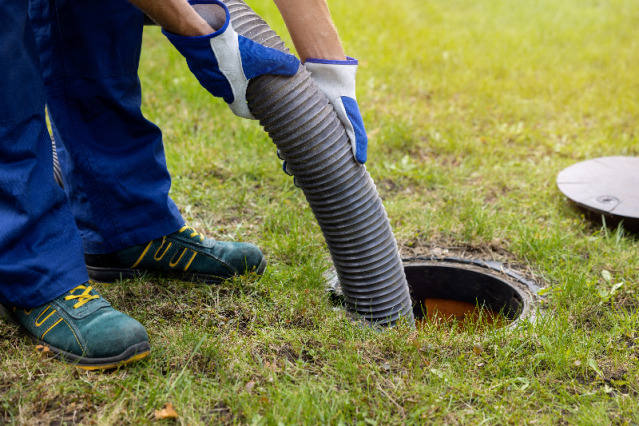How to Tell When Your Septic Tank is Full

We already know by now that septic tank ownership comes with serious responsibilities that shouldn’t be neglected if you want to properly maintain your system and keep it running smoothly for as long as possible. One of those responsibilities is knowing when to empty your tank. A septic should be pumped when the scum layer and lower sludge level combined reach 25% to 35% of the working volume of the tank. Why the wide range? There are many different sizes and configurations of tanks. Usually the rule of thumb for servicing a 1000 gallon tank is every two to three years depending on household habits and number of occupants.
But what are these signs that you should be looking for? Here’s a brief rundown to help you understand your septic tank sewage levels.
What is a “Normal Level”?
A septic tank's normal working level Is when the water level is at the bottom of the outlet pipe. All septic tanks have about 8”-12” of air space between the liquid and the top of the tank. A baffle wall or T-shaped outlet is designed to prevent the floating scum from leaving the tank.
Sludge Accumulation
The function of the septic tank is to hold the wastewater long enough to allow heavy solids to settle to the bottom of the septic tank forming sludge, while the fats, oil and, grease float to the top and become the scum layer. The upper scum and lower sludge will be broken down by the good bacteria a septic tank requires to work properly. Sludge accumulation in the tank is normal. As the scum and sludge start to accumulate this reduces the time water is held back for the settling process to occur, this will let higher concentrations of solids to exit the tank and enter the secondary treatment area where it can do unseen damage and reduce the life of the septic system.
What is a “High Level”?
A high level is when the water is elevated and no longer at the bottom of the outlet pipe or when the inlet pipe is partially submerged or covered.
When the water level is high, that is an indication that the drain field or secondary treatment is not accepting the effluent water properly.
How Long Will it Take My Tank to Fill?
Your septic tank will fill with water within a week or two after being emptied. How long it takes to fill with sludge will be unique to each household, depending on a
few factors. The overall use of the system, number of people in the house, and the size of the tank all come into play when determining how quickly your septic tank will require pumping. Generally speaking, a tank that serves a household of an average size family with normal usage will need to be pumped every two years or so.
Call Tim Frank!
If it is time for a pump out or if you have questions about when service is needed, we are happy to help! As your local septic system professionals, we are qualified to both operate and maintain your septic system. Get in touch with our office to discuss your home’s septic systems needs and investigate service options.
